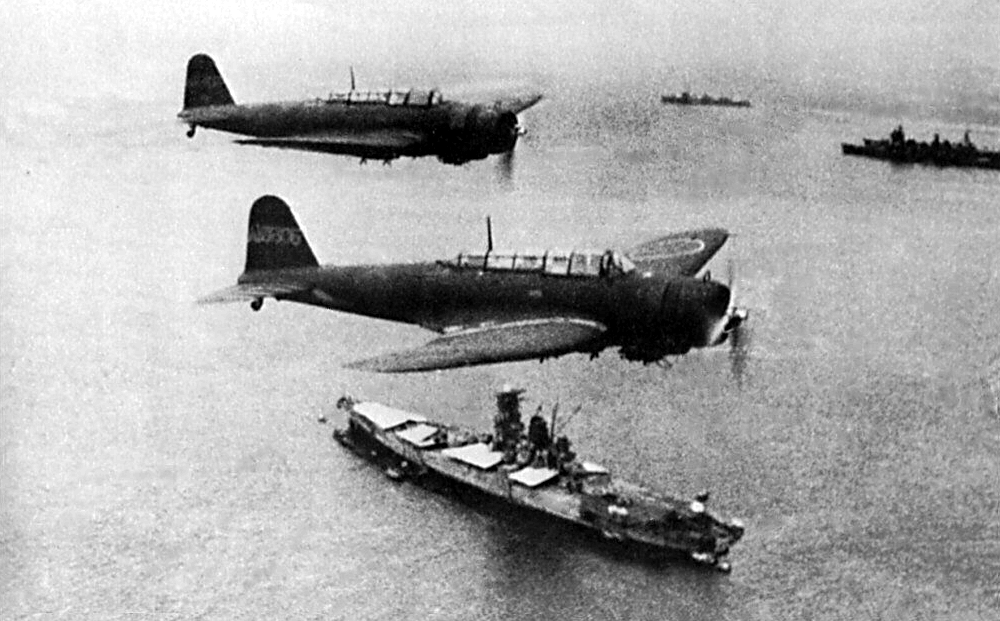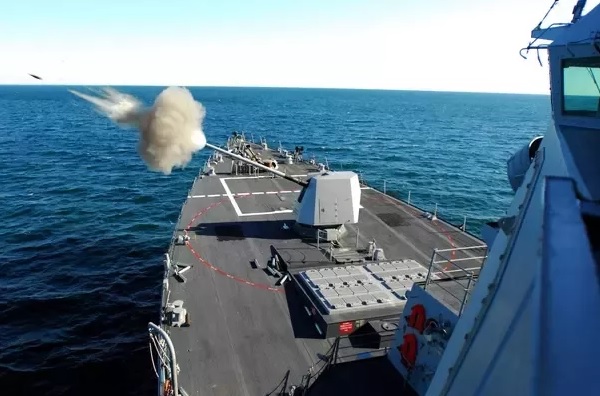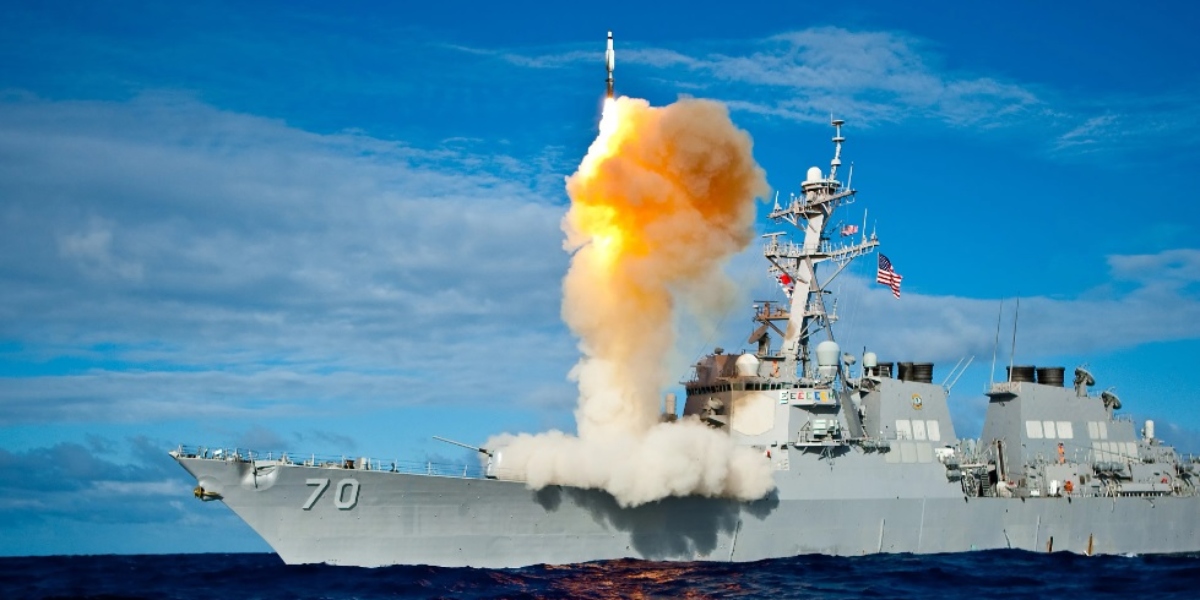The Dec. 7, 1941, Japanese raid on Pearl Harbor
One of history’s major turning points was the Japanese raid on Pearl Harbor on December 7, 1941. In a single, well-thought-out move, the battleship fleet of the US Navy was removed as a potential threat to the Japanese Empire’s southward expansion. Unexpectedly thrown into the Second World War as a full combatant, America was suddenly significantly weakened and unprepared.
Nevertheless, the memory of the “sneak attack” on Pearl Harbor fueled a determination to fight on. Once the Battle of Midway in early June 1942 had eliminated much of Japan’s striking power, that same memory stoked a relentless war to reverse her conquests and remove her, and her German and Italian allies, as future threats to World peace.
As already explained, the 1980 film, The Final Countdown, places the USS Nimitz aircraft carrier at Pearl Harbor in December of 1941, just before the Japanese attack. What is the smallest ship currently in the US Navy service capable of fully defending Pearl Harbor in 1941 or destroying the attacking fleet?
Arleigh Burke-class DDG
‘A single Arleigh Burke-class DDG would have stopped the attack cold,’ says Alex Jauch, author of The Kidd Incident, on Quora.
‘A single Burke has:
‘90 VLS Cells. These can be configured in different ways, but normally most of them house anti-aircraft missiles such as the SM-6. You can also “quad pack” the ESSM. Assuming that you have some of those, you probably have at least 100 SAM’s.

‘These radar-guided missiles would easily see and lock onto the Japanese aircraft, which have zero countermeasures for radar, which wasn’t really a thing back then.
‘One or two CIWS mounts. The CIWS is designed to take out small, fast-moving cruise missiles. A propeller-driven aircraft would be a cakewalk.
‘The CIWS fires depleted uranium (DU) ammunition out to 6,000 yards. They are radar-guided and would decimate any aircraft that get in close
‘SeaRAM. The SeaRAM is RAM equipped replacement for the CIWS. Some Burkes have this. We’ll assume for our example that our ship has one SeaRAM and one CIWS.

‘SeaRAM is a RIM missile launcher mounted in a CIWS mount (note the radar housing). It houses 11 missiles and is good out to six miles.
‘To be fair, over 350 aircraft attacked Pearl Harbor. If the Burke is VERY lucky, it will be able to take out about 100 of them with missiles. However, imagine the impact of 1/3 of your attacking aircraft being taken out before you can even get within attack range of your target.
‘Most likely, the attack ends right there.’
Torpedo bombers
Jauch continues;
‘However, the most damaging attacks were torpedo bombers coming in low and slow over the harbor:

‘The CIWS mount on the Burke would chew up these guys pretty badly.
‘The other thing is that the Burke has a radar guided five inch mount:

‘The Mark 45 can fire about 20 rounds a minute. It supports proximity-fueled anti-aircraft rounds and uses the ship’s radar for fire control. This weapon would also be deadly to any low-flying propeller aircraft. It has an autoloader that holds 20 rounds, but a fully manned Burke would have a crew down there reloading as necessary.
‘So, the Japanese would be faced with, guided SAM attacks, radar-guided gunnery, and a massive rate of fire that would have just stunned them. All of this is coming from just one ship?
‘Of course, a Burke is not armored. Any dive bomber or torpedo bomber that goes through would damage the Burke just as badly or worse than a contemporary ship.
‘However, I think the odds are low that any attacking aircraft would get close enough to successfully deliver their weapons.
‘All of this assumes the Burke is ready to fight. If the crew is all ashore, then the Burke would also be in trouble, just like what happened in 1941. If the weapons are not loaded, they might also get jumped before they can shoot. However, a fully armed and alert Burke would be deadly in 1941.’
The Japanese raid on Pearl Harbor would have been stopped by a single Arleigh Burke-class DDG
Jauch concludes;
‘Most likely, the Burke could take out 10 aircraft per minute with a combination of the CIWS and the five-inch. The CIWS has a limited magazine also, but crews would be reloading constantly. There are also smaller machine gun mounts, but I’m not really counting those.
‘This is a DEVASTATING rate of fire and would probably end the attack. Self-directing radar-controlled gunnery was not a thing during the actual attack on Pearl Harbor and would completely stun the attacking pilots.
‘Even proximity fuzing wasn’t a thing until later in the war and it was a HUGE advance in anti-aircraft gunnery.’
Photo by U.S. Navy, Norwegian Armed Forces, and Pearl Harbor Warbirds. Pearl Harbor Warbirds offers the best Hawai‘i flight adventure tours available. Immerse yourself in the details of the infamous attack on Pearl Harbor.


